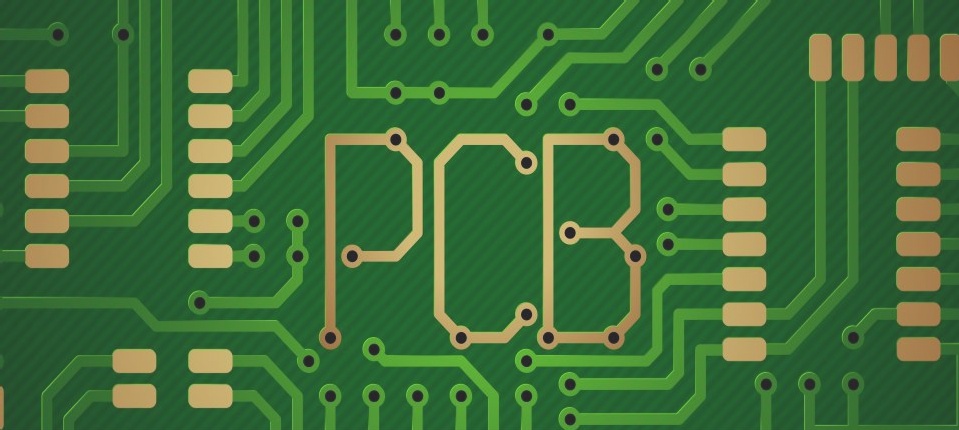
1. High-Performance Copper Clad Laminate
The high-performance copper clad laminates discussed here include low dielectric constant (Dk) laminates, laminates for high-frequency and high-speed PCBs, high heat-resistant laminates, and various substrate materials (such as resin-coated copper foil, organic resin films forming the insulating layers of multilayer PCBs using lamination, glass fiber-reinforced, or other organic fiber-reinforced prepregs, etc.). In the coming years (up to 2010), the development of these high-performance copper clad laminates should align with the anticipated advancements in electronic installation technology and meet corresponding performance benchmarks.
2. Substrate Material for IC Package Carrier
The development of substrate materials for IC packaging substrates (commonly referred to as IC packaging substrates) is currently a critical area of focus. This development is essential for advancing China’s IC packaging and microelectronics technology. As IC packaging evolves towards high frequency and low power consumption, the substrates will see enhancements in key properties such as low dielectric constant, minimal dielectric loss, and high thermal conductivity. A crucial future research area will be the effective thermal coordination and integration of substrate thermal connection technologies for heat dissipation.
3. To ensure design flexibility in IC packaging and the progression of new IC packaging technologies, conducting model tests and simulation experiments is vital. These tasks are instrumental in understanding the specific requirements of substrate materials for IC packaging, including their electrical performance, thermal management, reliability, and more. Moreover, it’s important to foster communication with the IC packaging design industry to achieve a consensus. The performance metrics of the developed substrate material should be promptly shared with electronic product designers, enabling them to establish a robust and advanced data foundation.
4. The IC package carrier must also address the issue of mismatched thermal expansion coefficients with semiconductor chips. Even in multilayer PCBs designed for fine circuits, the insulating substrate often has a thermal expansion coefficient that is excessively high (typically around 60 ppm/°C). Achieving a substrate thermal expansion coefficient of about 6 ppm, which is comparable to that of the semiconductor chip, presents a significant manufacturing challenge.
5. To accommodate the demands of high-speed applications, the dielectric constant of the substrate should reach 2.0, and the dielectric loss factor should approach 0.001. Consequently, a new generation of printed circuit boards that transcends traditional substrate materials and manufacturing processes is expected to emerge around 2005. The key technological breakthrough will primarily stem from the adoption of innovative substrate materials.



